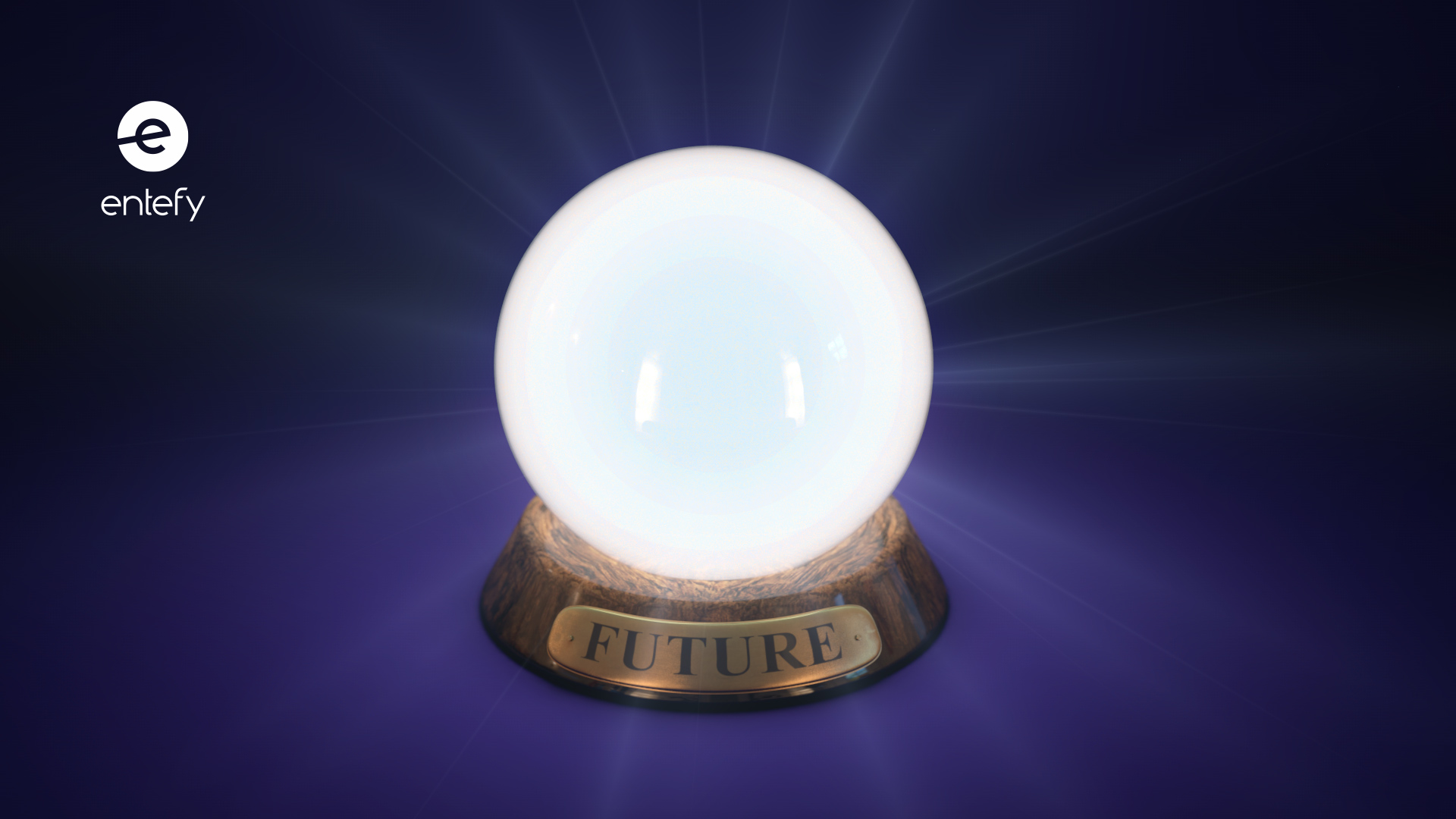Here’s something to keep in mind when you’re scanning the next “Predictions for 2018” article you come across. Because whether it’s an expert in a magazine or your own company’s market forecast, it’s easy to get caught up in predictions that sound great but have a flimsy evidentiary foundation. The hazard of forecasting is that people struggle to see past their own commitment to a particular vision for the future, and end up blinded by questionable assumptions or their own cognitive biases.
There’s plenty of data to support the notion that people are terrible forecasters—but there’s more to the story. Philip E. Tetlock is one of the leading researchers in this area of making forecasts. He notes in his book Superforecastingthat how you think matters more than what you think. He goes on to identify a number of traits that are associated with individuals who do a very good job of making usefully accurate forecasts:
- Be cautious
- Be humble
- Be intellectually curious and open-minded
- Value and synthesize diverse views
- Believe it’s possible to improve
With the speed at which the world moves these days, much of what we have great confidence in today has a good chance of being either wrong or irrelevant in a year, five years, or a decade down the line. Caution and humility usually do not come naturally to us, so much so that there’s a term for it: the Dunning-Kruger Effect.
So with the gates of a new year wide open before us, let’s take a pause to look at some very prominent people making very prominent predictions that were so wildly inaccurate as to be comic in hindsight.
- “There’s no chance that the iPhone is going to get any significant market share.” A statement by Steve Ballmer, Microsoft CEO, in April 2007.
- “There’s just not that many videos I want to watch.” The co-founder of YouTube, Steve Chen, shared his concern about the company’s future.
- The Internet will ‘go spectacularly supernova and in 1996 catastrophically collapse.’ A prediction by Bob Metcalf, the founder of 3Com.
- ‘Cellular phones will absolutely not replace local wire systems.’ A statement by Martin Cooper, a pioneer of wireless communications in 1981.
- “Remote shopping, while entirely feasible, will flop.” Time Magazine got it wrong in 1968.
- “There is no reason for any individual to have a computer in his home.” From a speech to the 1977 World Future Society meeting in Boston by Ken Olsen, founder and CEO of Digital Equipment Corporation, an early pioneer in computers.
- “There is practically no chance communications space satellites will be used to provide better telephone, telegraph, television, or radio service inside the United States.” A statement from FCC Commissioner T. A. M. Craven in 1961.
- “Ignore electric light. When the Paris Exhibition closes, electric light will close with it and no more be heard of.” In 1878 the Oxford University professor Eramus Wilson provided his thoughts on the dim future of electric light.
So what is ahead for 2018? More predictions, of course. Just remember that none of us will know whether they were good or bad for some time to come.
